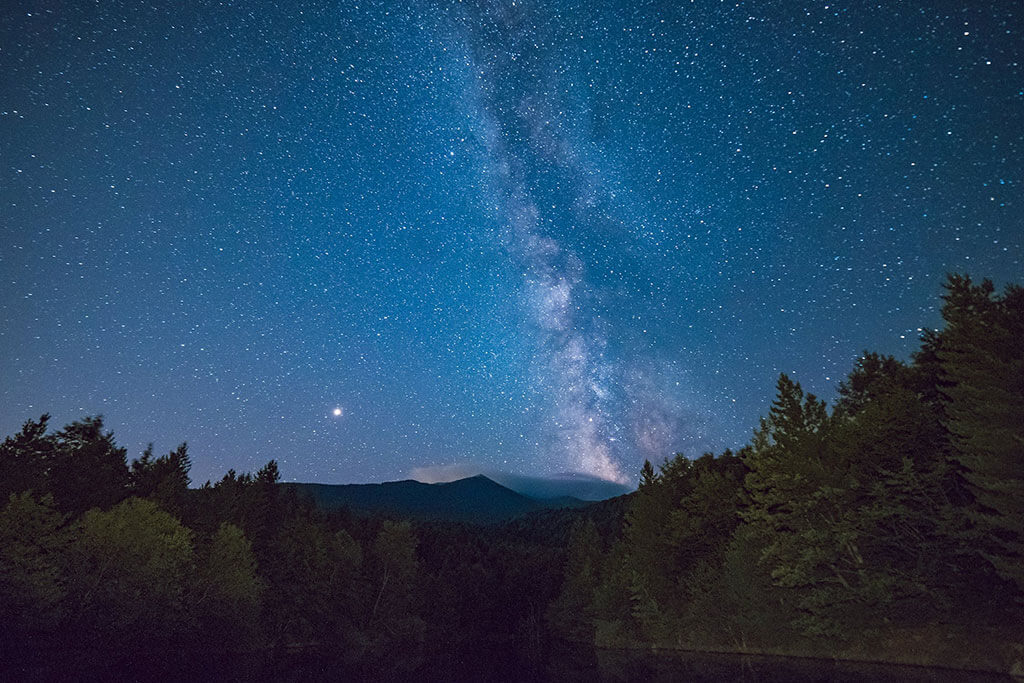
20
August
Hamilton Youth Poets: August Eclipse Slam!
Attention all Indigo children! On August 21st our earth will be experiencing a total solar eclipse. For those of you who don’t know what that is, a solar eclipse is when the moon passes between the sun and the earth, inevitably blocking the sun from the earth's view and completely encasing parts of our world in its dark shadows.

21
August
UofT: Solar Eclipse at the CNE
Join us on August 21 at the Canadian National Exhibition to view a partial solar eclipse. Get a free pair of eclipse glasses to let you view the eclipse safely and see the Sun through our solar telescopes. Meet University of Toronto astronomers to learn about the eclipse and to get all your burning astronomy questions answered. See live streams of the eclipse from regions of totality and compete for prizes!

21
August
Vaughan Public Libraries: Astronomical Event of the Decade
Join us as we celebrate the biggest cosmic event of the year, a solar eclipse! We will be safely observing from the patio of the Civic Centre Resource Library.

21
August
Hamilton Amateur Astronomers: View the 2017 Solar Eclipse
On Monday August 21, 2017 a partial solar eclipse will be visible from Hamilton and surrounding areas. This is a wonderful opportunity to see a rare and spectacular natural event. The eclipse will last over 2½ hours, changing in appearance throughout that time, with the greatest amount of the Sun being eclipsed at 2:31 pm. At that time about 76% of the Sun will be blocked.

21
August
York Region Astronomy: Solar Eclipse
Come see the partial solar eclipse with us at the Richmond Hill Library. This is a weather dependent event, so we hope for clear skies!
We will have plenty of eclipse glasses on hand for your viewing safety, as well as video feed to watch it on monitors under the comfort of shade.

21
August
RASC Mississauga: Partial Solar Eclipse at Riverwood
On Monday August 21, a total solar eclipse will be visible in the United States. In Mississauga, the eclipse will be partial.
Members of the Mississauga Centre of the Royal Astronomical Society of Canada will have telescopes set up at The Riverwood Conservancy to observe the eclipse.
Properly filtered telescopes will be set up and pointed at the Sun. Hand held solar viewers will be handed out as well as information sheets.

21
August
York University: Solar Fair
On August 21, 2017, join York University for SOLAR FAIR – an exciting celestial event where faculty, students, staff and community members will have a chance to live view the solar eclipse and the path of totality on a big screen.

21
August
McMaster Space Initiative: Eclipse Viewing Party
On August 21st, the moon will cross the Sun's path providing us with a glorious view of a partial solar eclipse right here in Hamilton. Join MSI at the Alpine Tower Field for the solar event from 1-4pm with the peak of the solar eclipse occuring at 2:31pm.
**Solar Eclipse viewing glasses will be provided at a first come, first served basis. Please be aware that looking directly at the sun without protection can be damaging to the eyes.

23
August
Dark Sky Star Party (GO for Wednesday)
See the milky way and galaxies with the unaided eye. Point your telescope to find the many dim deep space objects that sprinkle the sky. Away from Toronto's light polution, there is so much to see. We observe from the Long Sault Conservation area, an hour outside of Toronto. We meet around dusk once a month in the parking lot for views only seen in dark sky conditions. We hold this event on the first clear night of our week-long window, so the date and time are determined closer to.

25
August
Millennium Square Stargazing Night (GO for Friday)
Everyone is invited to join us and Durham Skies on August 25 for stargazing at the edge of Lake Ontario. Take a free look through different kinds of telescopes to get close-up views of craters on the Moon and spectacular Saturn and its rings! Learn the names of the stars of summer and the constellation patterns they form. Peer deep into space and try your hand at spotting faint star clusters and nebulae. You can even bring your own telescope along and we'll give you advice on how to use it better.
